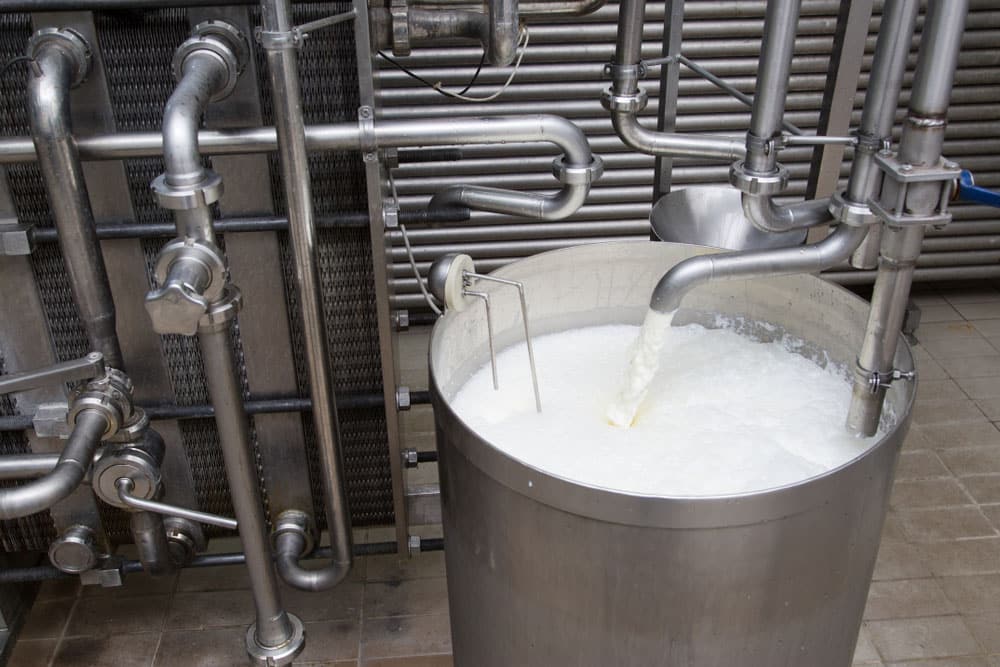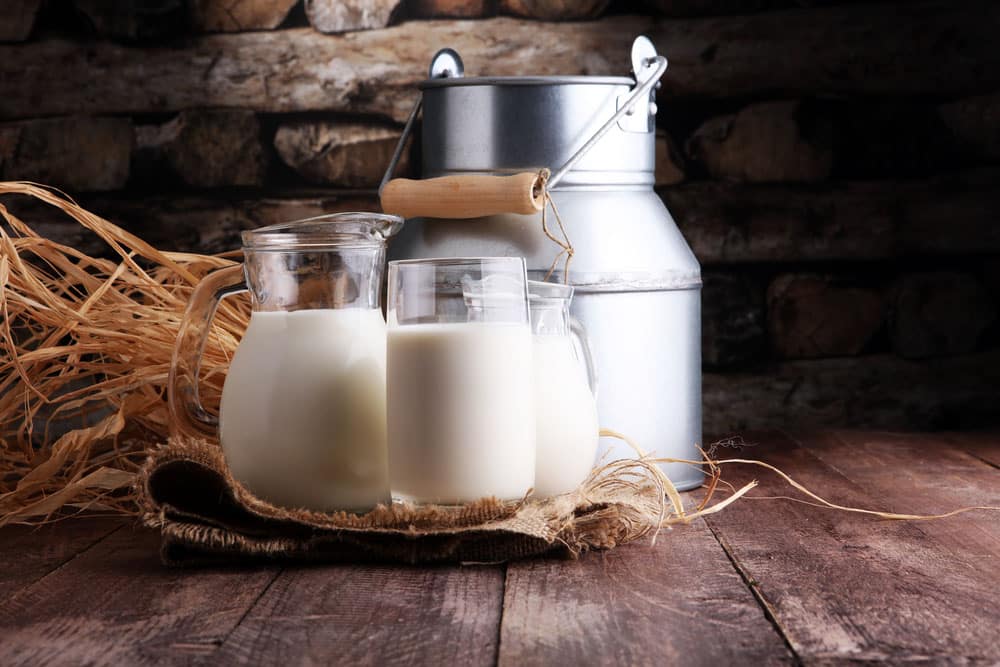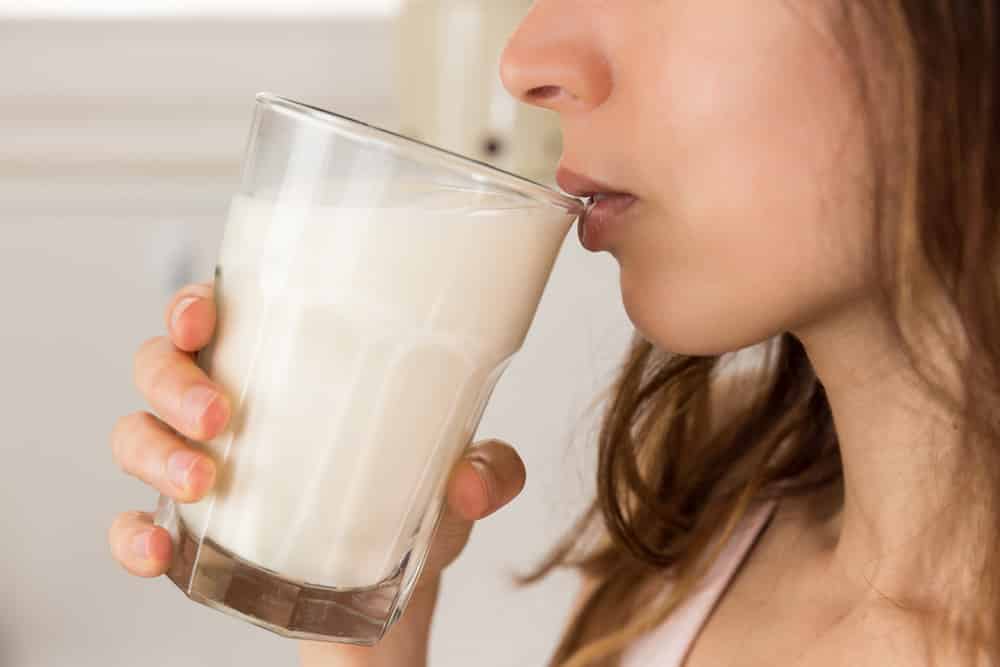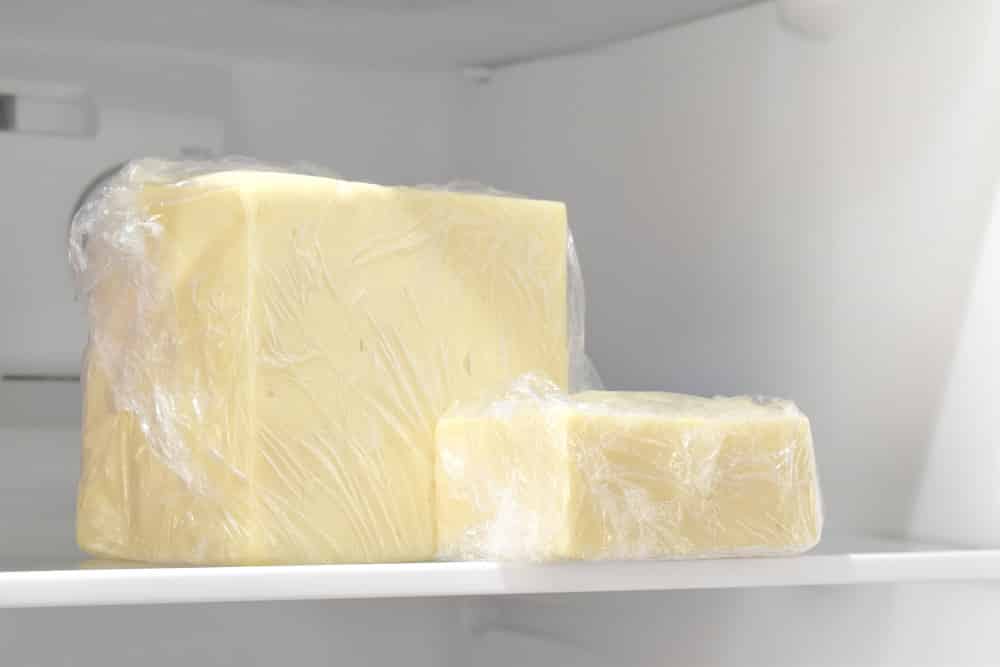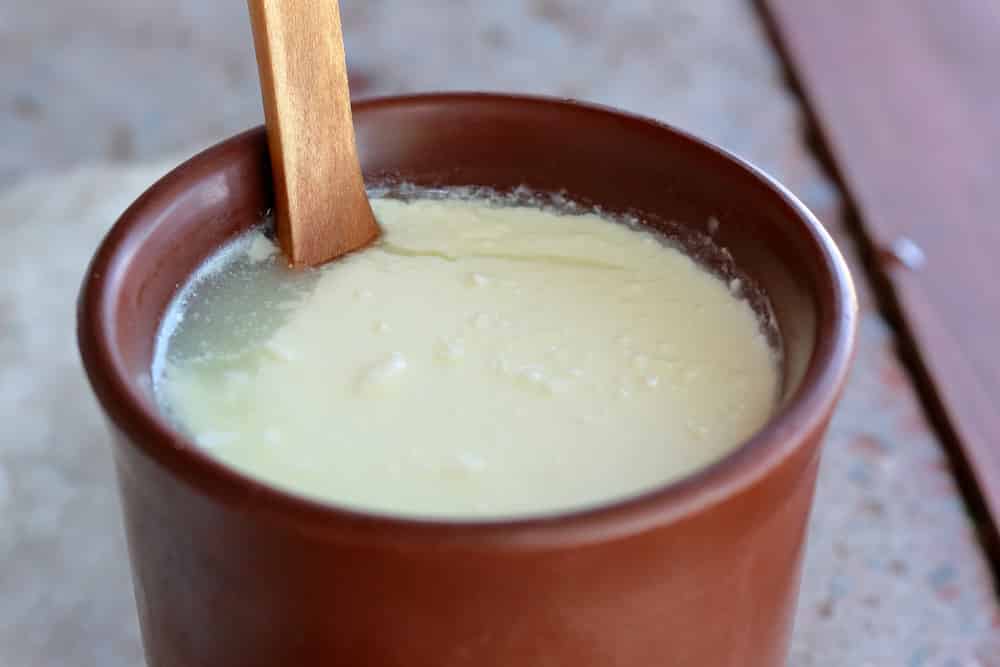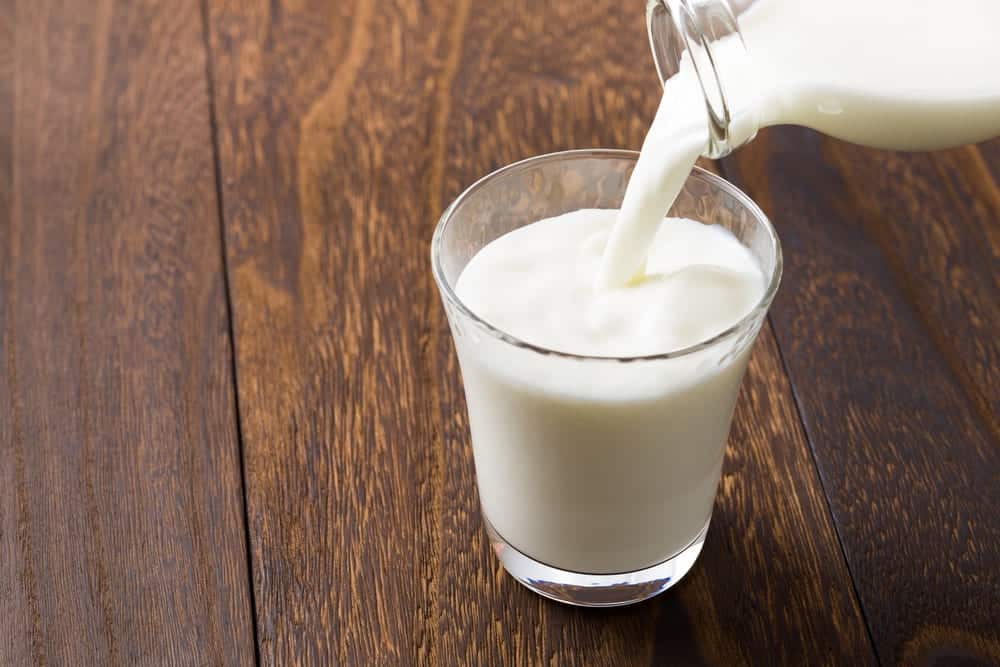
DISCLOSURE: This post may contain affiliate links, meaning when you click the links and make a purchase, I receive a commission. As an Amazon Associate I earn from qualifying purchases.
Milk is definitely not something that anyone reading this needs an introduction to. It is probably one of the most commonly consumed substances in the entire world, with every baby and most kids, teenagers, and adults drinking it regularly.
This is thanks to its delicious creaminess, versatility, and also how nutritious it is. Speaking of its versatility – milk is a staple in most households because it’s great for milkshakes, desserts, sauces like cheese and mushroom, and warm beverages like hot chocolate and coffee.
If you’re looking to drink some milk or add it to a recipe but have noticed that the milk you’re looking to use has chunks but is not expired, here are some possible reasons for this phenomenon:
Chunks In Milk But It’s Not Expired
There are a couple of different explanations for this. One thing in particular which comes to mind is over-pasteurization. Pasteurization is a process of heating fresh milk that is used to make our milk safe for consumption. It kills any harmful pathogens.
It is also used to increase milk’s shelf-life. The main step in pasteurization involves heating the milk to 145 degrees Fahrenheit and holding it there for thirty minutes. This renders the milk safe and improves its shelf life.
However, if the milk was mistakenly heated too much, it can lead to the formation of clumps. The milk is still safe to drink and is not sour.
Even if it wasn’t too cold or too warm at the time you’re trying to use it, accidental temperature abuse in milk during transit or storage in the supermarket is a very common thing that can lead to issues such as clumping.
This is the most likely reason why there are solid chunks in the milk you’re drinking despite it not being expired. The only real way to avoid this is to ensure that the milk always stays at a stable temperature, which is never suddenly too warm and/or suddenly too cold.
Try to take a cooler with you every time you go to the store. Put your milk and other perishables into it for your trip home. Once there, pack the milk into the fridge immediately and use it within the date on the packaging.
Freezing can also cause milk to separate and form lumps. Your milk container may have been in a cold part of the refrigerator and begun to freeze, resulting in the formation of ice crystals. The milk is safe to use but it may make your coffee cold!
Another reason your milk may have lumps in it is that the expiry date on the container may be incorrect. The milk may have gone bad despite the packaging saying otherwise. You will be able to smell and taste if this is the case as the milk will be sour.
The milk clumps because the protein molecules in the milk clump together in acidic conditions. The milk then separates into “curds” and “whey”. Whey is the watery part. In this case, the milk has curdled and gone sour but you can still use it as long as it’s just sour and not moldy.
Here’s how:
- Use the sour milk to make delicious cottage cheese. Simply line a sieve with a piece of clean muslin cloth (this is why it’s sometimes called “cheesecloth”). Put the sieve over a bowl or in a clean sink. Pour the lumpy milk into the cloth, cover it, and leave it for a few hours. The whey will drain away and you’ll be left with soft cottage cheese. You can put a weight on top to make sure all the whey drains away. Once it’s ready, add a pinch of salt and scrape the cheese into a clean container. Store your cheese in the fridge. Use it within a couple of days.
- Add extra water to your sour milk and use it to water your vegetable garden. It adds extra calcium and other nutrients to the soil.
- Use it as a beauty treatment. The lactic acid in the sour milk removes dry, flaky skin cells. Use a small brush to brush some sour milk onto your clean face. Allow it to dry before washing it off. Your skin should feel softer and smoother afterward.
- Use the sour milk for tenderizing meat or poultry. Marinade meat in a seasoned sour milk marinade in the same way you’d use buttermilk or yogurt. Drain it off before cooking.
- Add it to baked goods. Some recipes call for buttermilk or yogurt. These include scones, muffins, and cakes. The acidity activates the baking soda in the recipe and causes the batter to rise. Simply substitute your sour milk for the buttermilk.
- The lumpy milk will be a nutritious treat for your pets.
We hope our article has shown you that all is not lost if your milk turns lumpy. Let us know in the comments how you used yours and if you have any more tips for us!
[amazon box=”B009A48I1U”]
